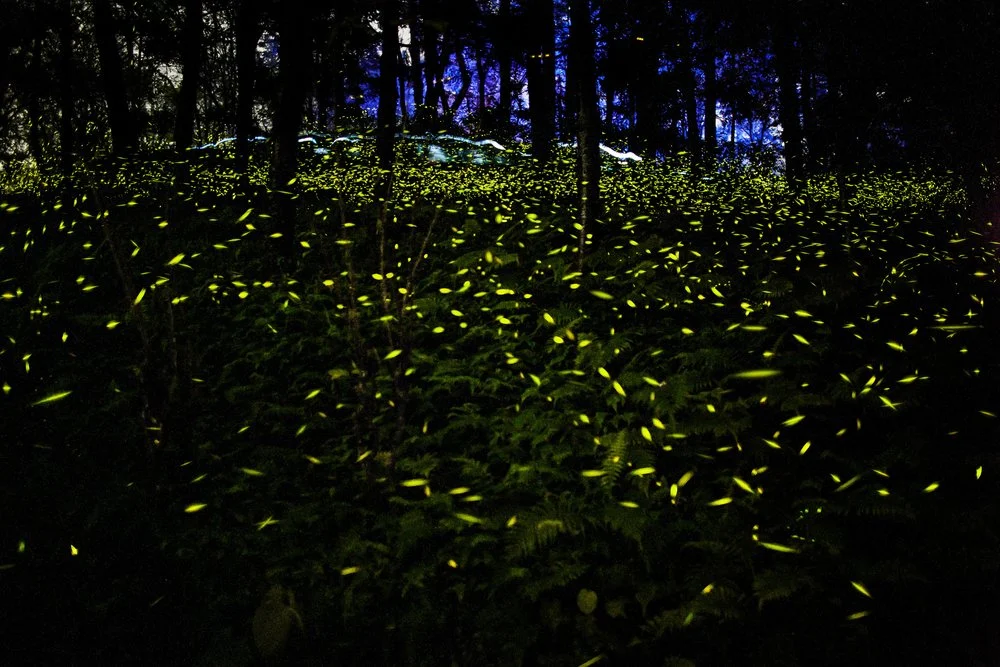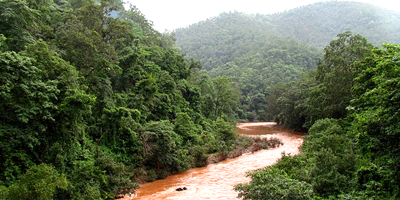WHY DO FIREFLIES GLOW AND BLINK?

Apparently, there are over 2,000 species of fireflies, also known as lightning bugs. They emit tiny flashes of light in the dark, which is what gives them their names. However, the latter part of their names is misleading - they are neither flies nor bugs. So, what are they, and why do they emit light?
Fireflies are basically beetles, and most of them have wings. Inhabiting humid areas in Asia and the Americas, the (adult) insects invariably feed on nectar and plant pollen. The larvae of these beetles feed on worms, snails, and insects. These omnivores have a lifespan of about two months, and grow up to be about an inch.
Fireflies have organs under their abdomens that absorb Oxygen. This oxygen mixes with a compound called luciferin, present in the organism. This results in the light that appears at the ends of their abdomen.
So, what is the purpose of this light? The light they emit is used as a means to communicate with other fireflies, and also to find a mate. It is interesting to note that the light-emitting patterns among different firefly species are unique. Despite attracting attention to themselves with their light, fireflies are largely safe from birds or other creatures. This is because fireflies "release drops of toxic, foul-tasting blood". Also, their "flashing is a warning light to predators to stay away". It is said that these "dazzling beetles are disappearing from long-established habitats".
Though they are not in grave danger right now, factors such as habitat loss, pesticides, night-time lights, water and air pollution, etc. may affect them in the long run.
Did you know?
Though both fireflies and glow worms are bioluminescent (emitting light), they are different. Just like fireflies aren't flies at all, glow worms aren't worms either. Glow worms are actually the larvae of a mosquito-like fly.
Picture Credit : Google
